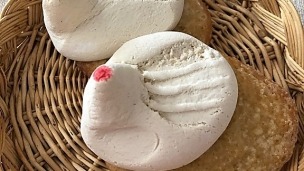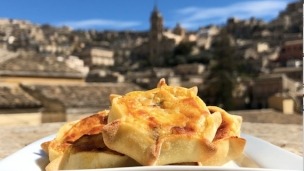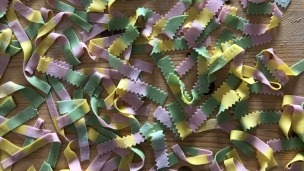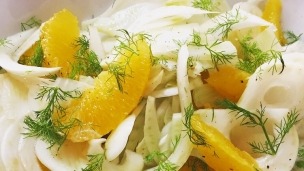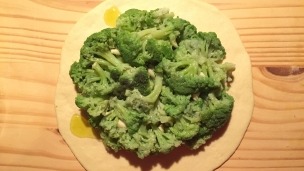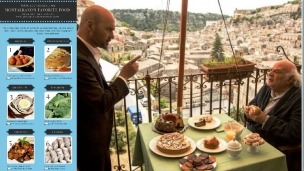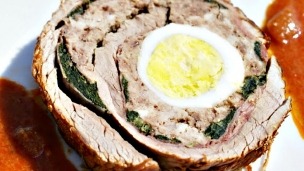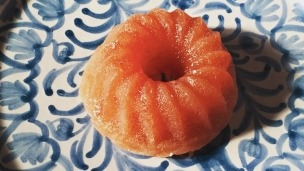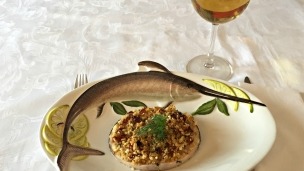Playing around with historical recipes: Pasticcio di Mohammed ibn Timnah
Yesterday, I had a wonderful time in the kitchen doing one of my favourite things: researching old recipes and playing around with them.
When I work on existing recipes, the first time I try to follow each step very carefully then, if I think it is necessary, I try to add my personal touch. This time, I had to do both things at the same time as I did not have a detailed recipe for Mohammed ibn Timnah (or Ibn ath Thumnah)'s pastizzu which is almost 1000 years old.
The pastizzu is mentioned in Felice Cùnsolo's book "Guida Gastronomica d'Italia" (published by the Touring Club Italiano in 1969) and quoted by Pino Correnti in his wonderful book "La Gastronomia nella Storia e nella Vita del Popolo Siciliano" (Edizioni Boemi 1995). Cùnsolo claims that the Arabs in Sicily where excellent pâtissières but the Sicilians were generally better cooks and that the collaboration between the two cultures set the basis for today's Mediterranean western cuisine. According to him, the pastizzu of the Emir of Catania, that I cooked yesterday, is the best example of this collaboration and I could not agree more. It is also the father of our pastizza, caitti and mpanati, prepared in Southeastern sicily for special occasions such as Christmas and Easter.
Here is the recipe:
 Y
Y
Cut a chicken into pieces, brown it in oil, add salt and pepper, some stocking and let it simmer over a low fire. When it is cooked, cut the meat into strips and set aside.

Take a "pagnotta" (a big round bread), cut the top part off and take all the "mollica" (inner soft part of bread) out. Mix it with the juices of the chicken and some stocking, then sieve. Add crushed almonds, pistachios, capers, parsley, the juice of a lemon and 2 beaten eggs.
Fill the "pagnotta" with layers of chicken stripes and "mollica" mixture, cover with its own top and before serving heat it in the oven until hot.

This is what I had, with no indications of quantity for each ingredient, so my intuition and improvisation skills, that I often use when cooking for families and friends, were really useful. The result was excellent and eating a "1000 year old dish" was really exciting. However, I need to work more on the recipe as the balance of all the ingredients could definitely improve. I also guess that no free range-organic chicken of today can possibly compare with what they must have had so many centuries ago, so I have a couple of ideas to lift up the taste of the meat without taking the recipe too far.

